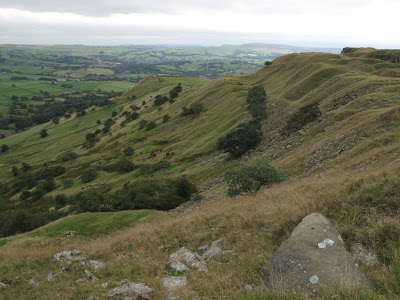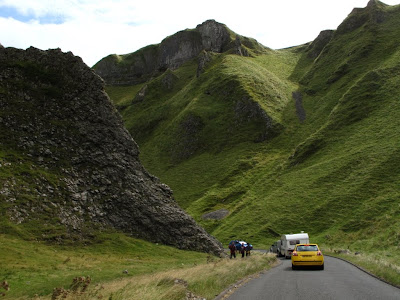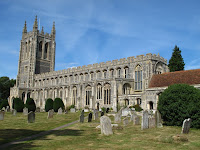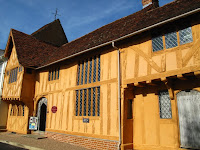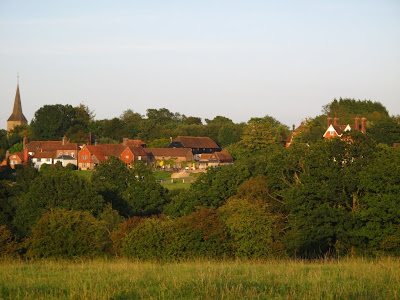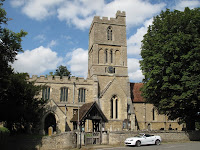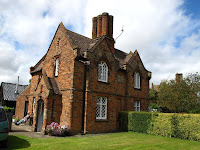

Then southwest to Longnor, down to a favourite town – Hartington, to Ilam with its pretty village via a new discovery – Milldale. This was a wonderful drive along narrow roads at the base of the Dale, it just felt like walking except it was less effort and we covered the ground much quicker. The lovely market town of Ashbourne, lead us finally to our destination of Tissington.

This is a stunning estate village, and driving over the cattle-stop and along the lime tree avenue feels like a different world, even though it's a public road. Bank Holiday Monday was our only chance to visit Tissington
 Hall, and when we arrived, it appeared that hundreds of other people had come with the same idea: the little village was packed.
Hall, and when we arrived, it appeared that hundreds of other people had come with the same idea: the little village was packed.We found the tour of the Hall, built at the beginning of the 18th century, really interesting. The guide obviously has great admiration for the current owner (who welcomed our group), who had unexpectedly inherited the property.
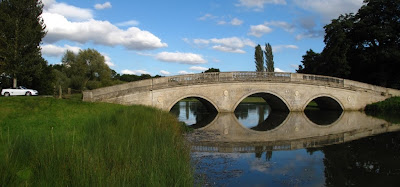
There was still enough time in the day for a slight diversion to Cottesbrooke Hall, also only available for us on Bank Holidays.
 We arrived just in time for the last tour of the day. The house has lovely rooms, an interesting layout with a semi-circular corridors linking the wings, but the overall impression is how much the family have always loved horses, hunting and hounds. There are paintings and bonzes of horses everywhere. I'm sure previous owners would be outraged and incredulous to learn that fox hunting has been outlawed in this country.
We arrived just in time for the last tour of the day. The house has lovely rooms, an interesting layout with a semi-circular corridors linking the wings, but the overall impression is how much the family have always loved horses, hunting and hounds. There are paintings and bonzes of horses everywhere. I'm sure previous owners would be outraged and incredulous to learn that fox hunting has been outlawed in this country.



